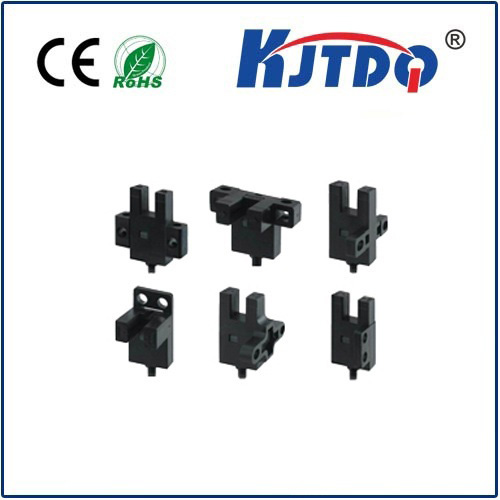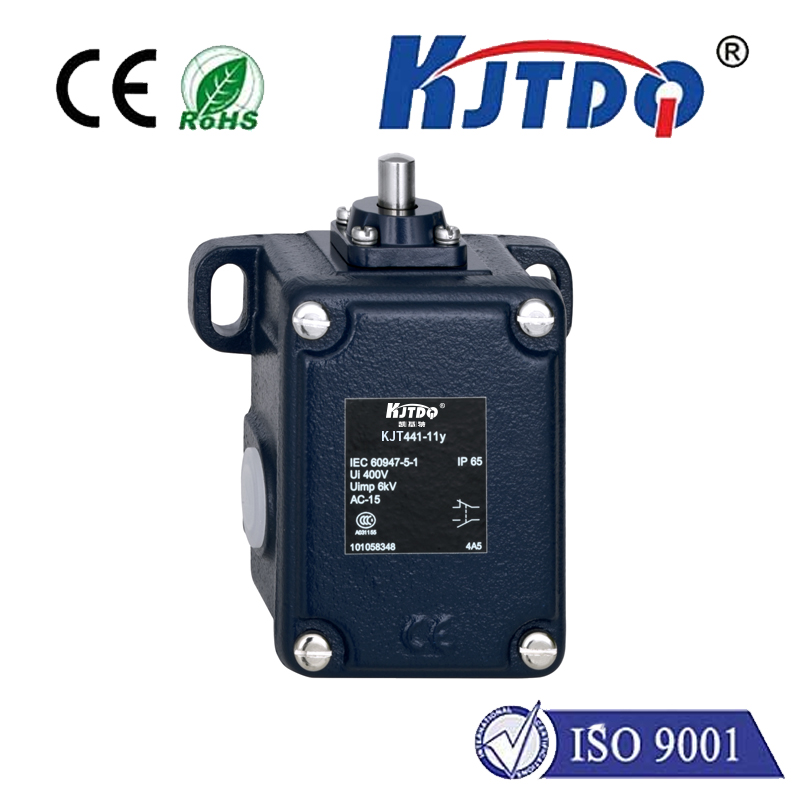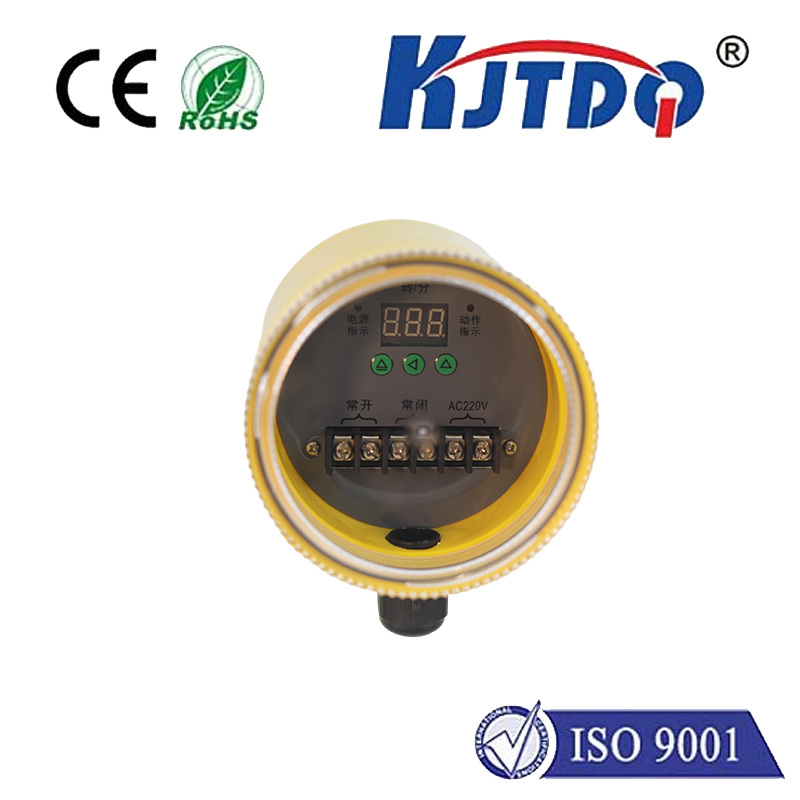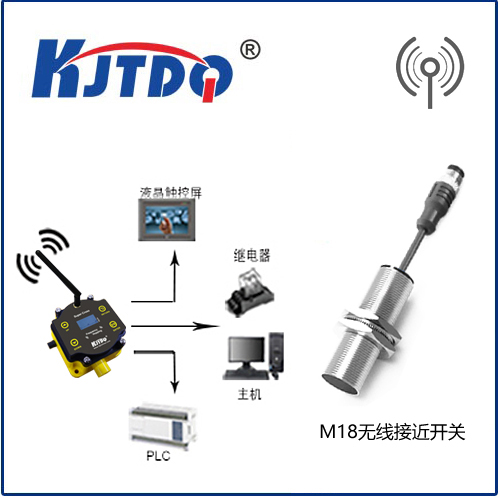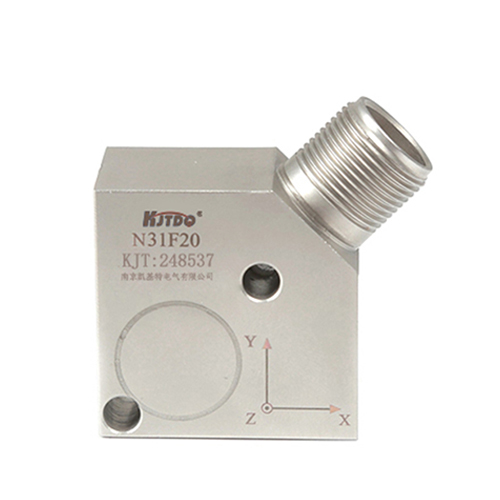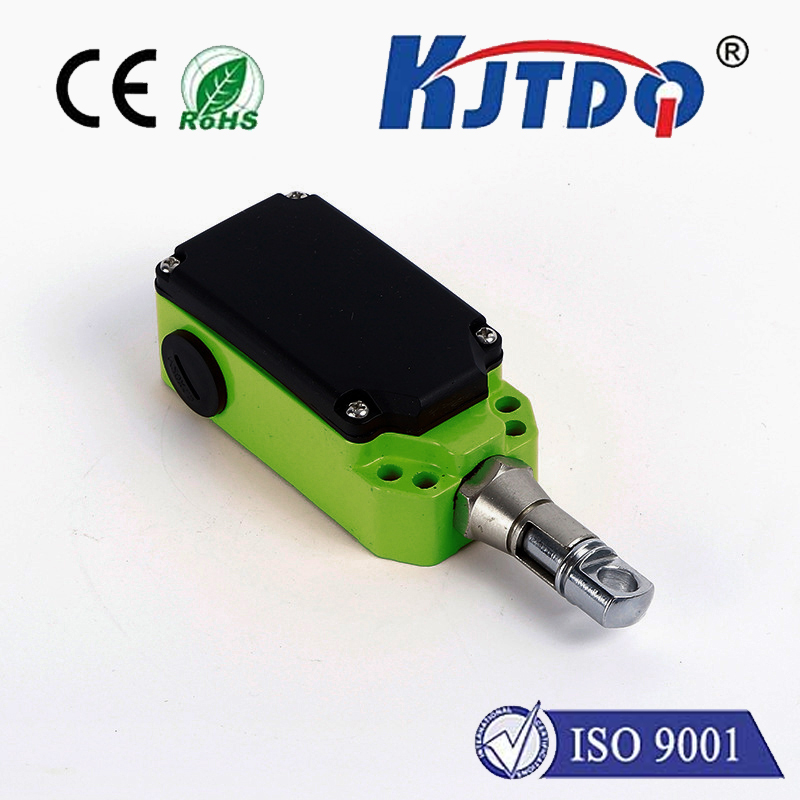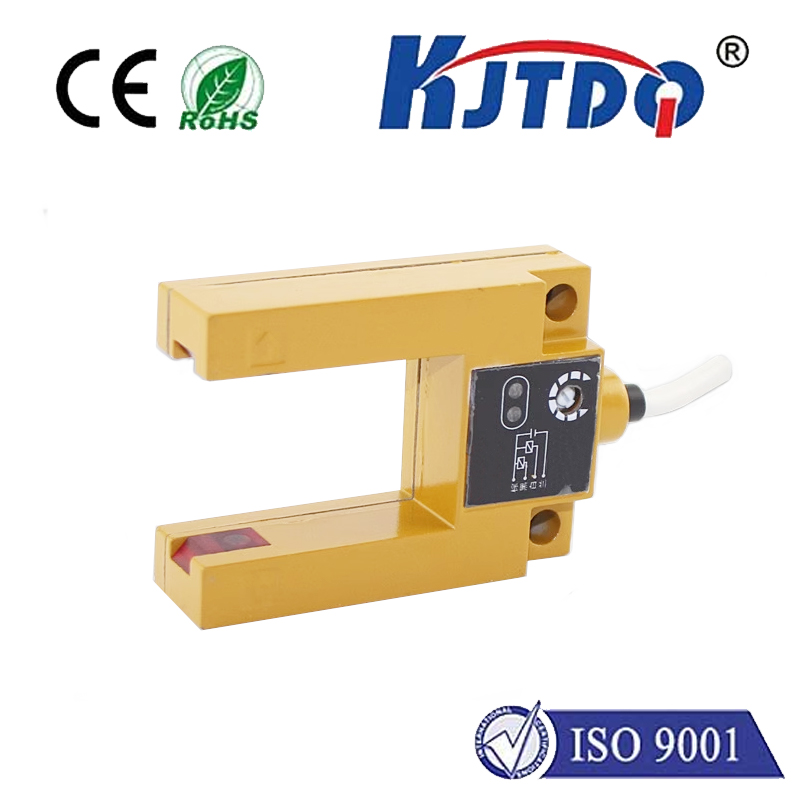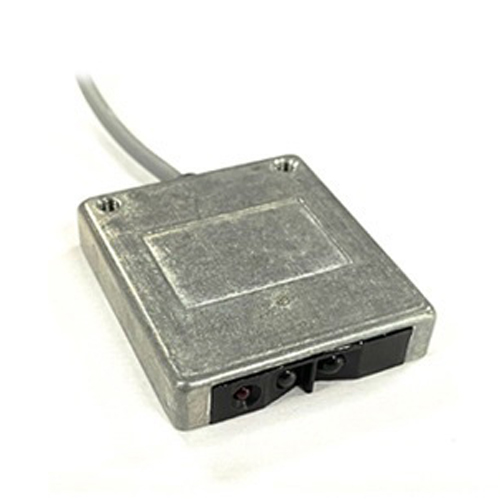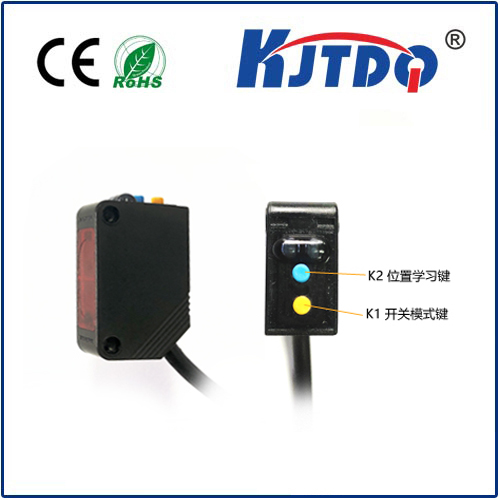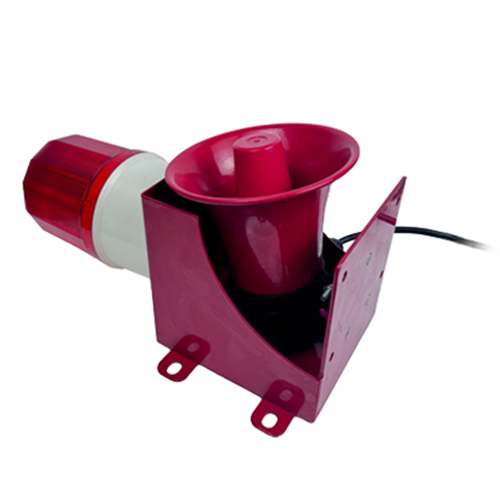

check

check

check

check

check

check

check

check

check

check
Exploring the World of Rectangular Photoelectric Sensors
The rectangular photoelectric sensor, a remarkable device that has revolutionized various industries, is the focus of this article. This innovative technology utilizes the principles of light to detect objects and measure distances accurately. In this article, we will delve into the world of rectangular photoelectric sensors, exploring their features, applications, and benefits.
Firstly, let's understand what a rectangular photoelectric sensor is. As the name suggests, it is a sensor that employs light as its primary medium for detecting objects or measuring distances. The sensor consists of a light source, typically an LED or laser diode, and a receiver, usually a photodiode or phototransistor. When an object passes between the emitter and receiver, it interrupts the light beam, triggering an electrical signal in the receiver. This signal can be used to determine the presence, absence, size, shape, or position of the detected object.

One of the most significant advantages of rectangular photoelectric sensors is their flexibility in terms of installation and orientation. Unlike other types of photoelectric sensors that require precise alignment, rectangular sensors can be mounted at any angle, making them suitable for a wide range of applications. Additionally, they offer excellent accuracy and repeatability, ensuring reliable detection even in challenging environments.
In the industrial sector, rectangular photoelectric sensors are widely used for automation and control purposes. They play a crucial role in quality inspection, packaging lines, conveyor systems, and material handling processes. For instance, in manufacturing plants, these sensors can detect defects or missing components during production, allowing for immediate corrective action. Similarly, in warehouses and distribution centers, they aid in automating inventory management by identifying products and tracking their movement.
Furthermore, rectangular photoelectric sensors find extensive use in the healthcare industry. They are employed in medical diagnostic equipment such as blood analyzers and urine analyzers to detect the presence of specific substances within samples. This helps doctors diagnose diseases more accurately and develop effective treatment plans.
Another area where rectangular photoelectric sensors shine is in automotive engineering. They are integrated into vehicle safety systems like parking assist features and collision avoidance mechanisms. By detecting obstacles in real-time, these sensors help drivers make informed decisions while driving or parking their vehicles safely.
In conclusion, rectangular photoelectric sensors are versatile devices that have numerous applications across various industries. Their ability to provide accurate detection and measurement using light makes them indispensable tools for modern automation systems. As technology continues to evolve, we can expect further advancements in the design and functionality of these sensors, opening up new possibilities for innovation and efficiency improvements.
